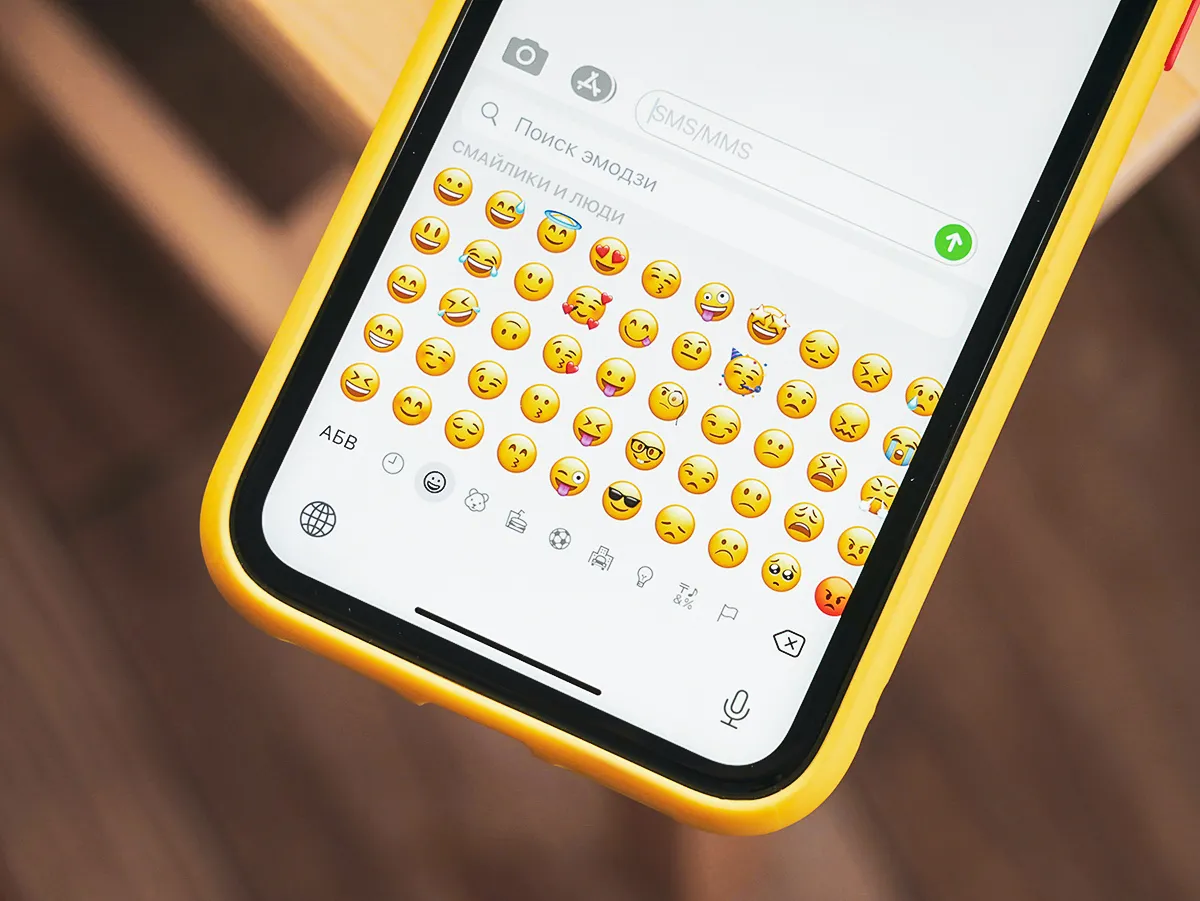
Your marketing and sales plans should both include email and text message outreach. Email has long been a standard of business-to-customer communication, but text messaging is continually growing in popularity. And it’s obvious why.
Emails have an average open rate of 21.5%, while texts have a 98% open rate. Just seeing that statistic should make it a no-brainer to switch from only emailing to also texting.
Connecting with customers is the number one way to show them that they’re important and that you understand their pains and needs.
But just like blasting out generic emails doesn’t create connection, neither does blasting text messages.
Instead, the best way to connect is through conversational texting.
What is Conversational Texting?
Conversational texting is simply a conversation between you and the person you’re texting. You want to get a response, keep the interaction going, and build a genuine relationship. In contrast, traditional text marketing is just sending out mass messages and hoping for a click or sale. Emails are great for long-form content, newsletters, meeting recaps, contracts, etc., but texts work perfectly for two-way communication.
Conversational texting basically forces you to keep messages personalized so you engage your leads and customers.
Ultimately, two-way or conversational texting helps you know and understand your customers’ needs and intent and bridges the communication gaps in email marketing.
With that basic introduction to conversational texting, use these five tips to help you start conversations via text, avoid impersonal blast texting, keep your leads and customers more engaged, and bring in higher sales.
1. Talk Like a Human
You don’t want to sound like spam. You want to sound like a human. Text your leads and customers just like you would text a friend. (Or at least like an acquaintance.)
Don’t overthink your messages or make them long like an email. Keep messages short and to the point and avoid corporate jargon. That way customers are more likely to respond and engage with your messages rather than delete them.
Texting instead of emailing also allows you to be more casual and show off your personality. You want to sound more like you’re starting a conversation rather than immediately trying to sell something.
2. Ask Questions
Grab attention with engaging questions. Questions help drive the recipients of your messages to act. Questions give leads and customers something to care about and helps them become more invested in the conversation, which leads to more replies.
You wouldn’t be texting people if you didn’t want to build an actual relationship with them — even if that relationship is mainly transactional. Your questions and follow-up should be based around your desire and eagerness to help people so you can build relationships with them and continually drive sales.
3. Be Personal
Studies show that 72% of consumers will only engage with personalized messaging. Show your customers that you value them by putting genuine effort into personalizing your text messages.
Reference information like a customer’s favorite product, most recent purchase, etc. (In Skipio, use Custom Fields and CRM integrations to automatically pull in this information even when messaging large groups.)
When texting new leads for the first time, your messages should reference whatever product or service they initially contacted you about. If they filled out a form on a certain product page and asked for more information or specifically told you that they wanted pricing info on a service, your messages to them should specifically address their questions.
Personalizing your messages is easiest when you add contacts to different groups/lists that then each receive specific content. If certain people love one product and don’t care about anything else, it feels contradictory to start a conversation or to receive promotions about stuff they have zero interest in.
You won’t always remember or have time to reference everything in your CRM. Keep notes in other convenient places to help your text conversations. Skipio’s contact notes feature helps you remember more than just a name. You save information you know about each contact right to their profile. Quickly access your notes in 1-on-1 threads to personalize the content and value of your messages.
4. Build a Relationship
Use text messages to stay connected to customers and build relationships. These relationships usually result in long-term trust and potential cross-selling opportunities.
Texts make it simple to routinely engage customers in genuine conversations, which in turn makes it easier to talk about purchases and potential upgrade options. Check in regularly with customers to stay aware of their needs and receive direct feedback, which ultimately makes you uniquely positioned to suggest your solutions or even offer advice about other options.
Here are a few examples of texts that help build relationships with existing customers:
- Got some good news, [First Name]. You’ve got a new account manager! I want to personally introduce you to [Manager Name] before you work together. What time next week do you have available?
- I’m setting up interviews with customers to talk about (feature/service/product they use) and how we can make it 1) cheaper and 2) easier to use. Got 20 minutes this week to talk with me?
- Hi [First Name], your contract renews next month and I’ve got a way to save you (dollar amount/percentage/number). Want to pick a time on my calendar so we can go over the details? (calendar link)
- Just saw that you scheduled [Service/Consultation/Appointment], [First Name]. Anything else you want to talk about that didn’t get mentioned when you booked?
- We’re super close to releasing (new feature/service/product) and it reminded me of [Customer Pain Point] that you’ve talked about before. Interested in trying it out before the launch?
- Did you see our announcement about (new feature/service/product)? I think it could help a lot with [Customer Pain Point]. I can even get you a discount to try it. What do you think?
5. Keep Conversations Going
Use automation to keep conversations going. This doesn’t have to mean that you send messages that aren’t personalized. Automation helps you start conversations and keep them going. Not all messages should be automated, but there are times when it is beneficial, like when you want to share relevant content, send reminders, offer coupons, and more.
Text message drips differ from most email drips that a sales and marketing team sends. Sales teams often use email drip sequences for cold contacting. Marketing teams use drip sequences to send relatively generic emails to large groups of potential and current customers. Text messaging drip sequences work best when contacting established prospects or leads.
Basically, you’re only texting people you have permission to text with the intent of grabbing their attention almost immediately. This is why many businesses use automated drip messaging campaigns to nurture inbound leads and send appointment/meeting reminders. Automated text messages do the follow-up for you so conversations keep going.
Get Better Results With Texting
Engaging in conversational text messaging doesn’t mean you’re replacing email marketing. As mentioned, both have a place in sales and marketing campaigns, but the next time you go to send an email, think if it would be better to send that message as a text.
To get started switching certain emails to texts, try sending a text to share a link before a video call, give directions to a meeting/event, schedule meetings, or notify customers about billing. More often than not, you spend less time and get better results by communicating with text messages.



